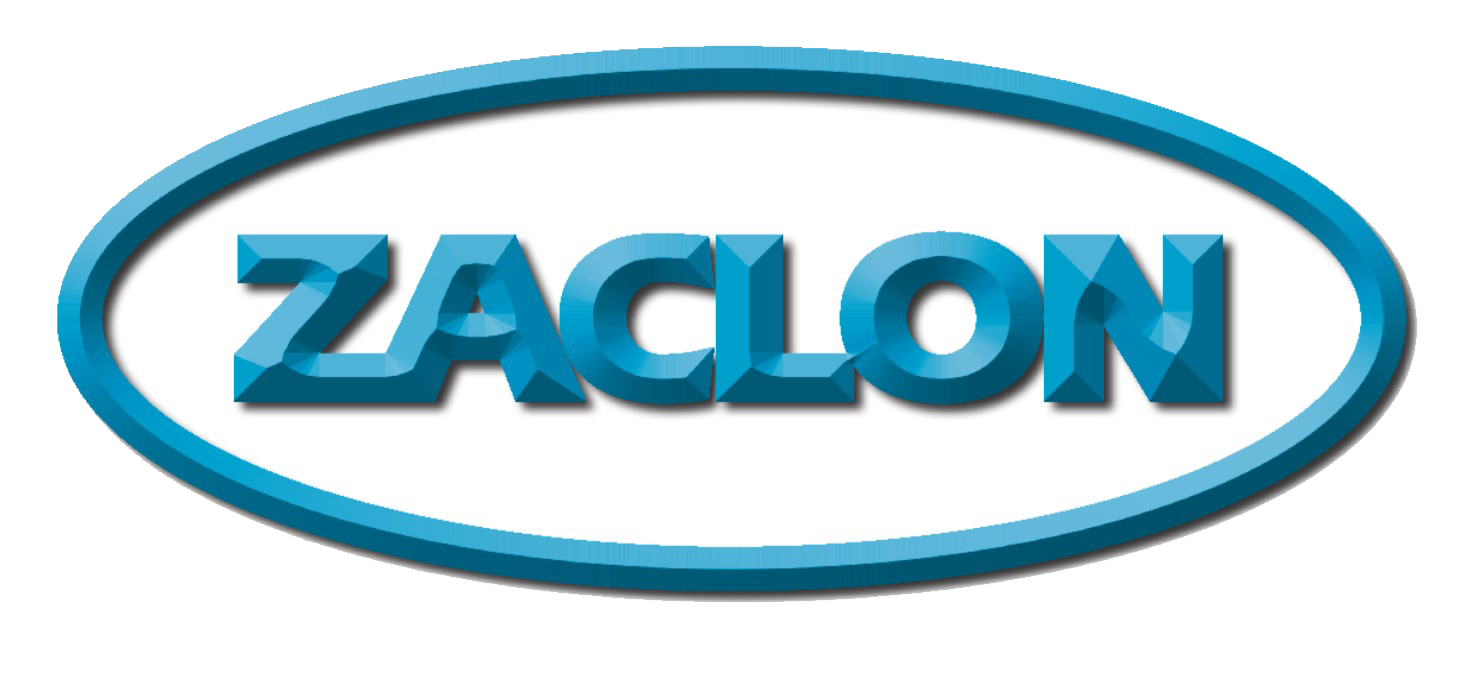Galvanizing 108
BLOG 8-Robert M. Woods
RINSING after DEGREASING
So, now the soils are removed for the surface of the work---but there may still be a layer of chemical sticking to it. IF this is coming out of a caustic bath, a direct movement into an acid pickling tank, the layer can actually neutralize some of the acid, wasting it. IF this is coming from an acidic cleaner such as Hydronet, there is no neutralization; but any Hydronet remaining on the surface is also wasted.
To remedy these issues, most operations will have a rinse tank after the degreasing tank, either caustic or acid-type. For the acid-type, the rinse can be used to make up for any drag-out or evaporation of the degreasing tank—any dragged out degreaser is put back into the degreasing tank. For the caustic-type, the same make up occurs; and the rinse will prevent much of the neutralization of the following acid tank.
Control of a rinse tank then makes economic and process sense—saving the more expensive chemicals and keeping subsequent tanks cleaner. Controlling the rinse is relatively simple, typically by monitoring pH. A caustic rinse should not get much above pH 10, and an acid degrease rinse should be around 3 before it is either changed out or at least partially renewed with fresh water.
An additional way to check the rinse is by putting in a clear glass or plastic jar and looking for cloudiness or a layer of oil floating on it—this is a sign that the tank needs skimming or refreshing.
When using a rinse tank, it is ALWAYS best to dip the parts completely TWICE---dip once, pull up and drain, and dip again before moving on to the next tank. This gives the most efficient rinsing, and significantly decreases carryover of anything but water to the next tanks. This is true of the pickle rinse as well!

